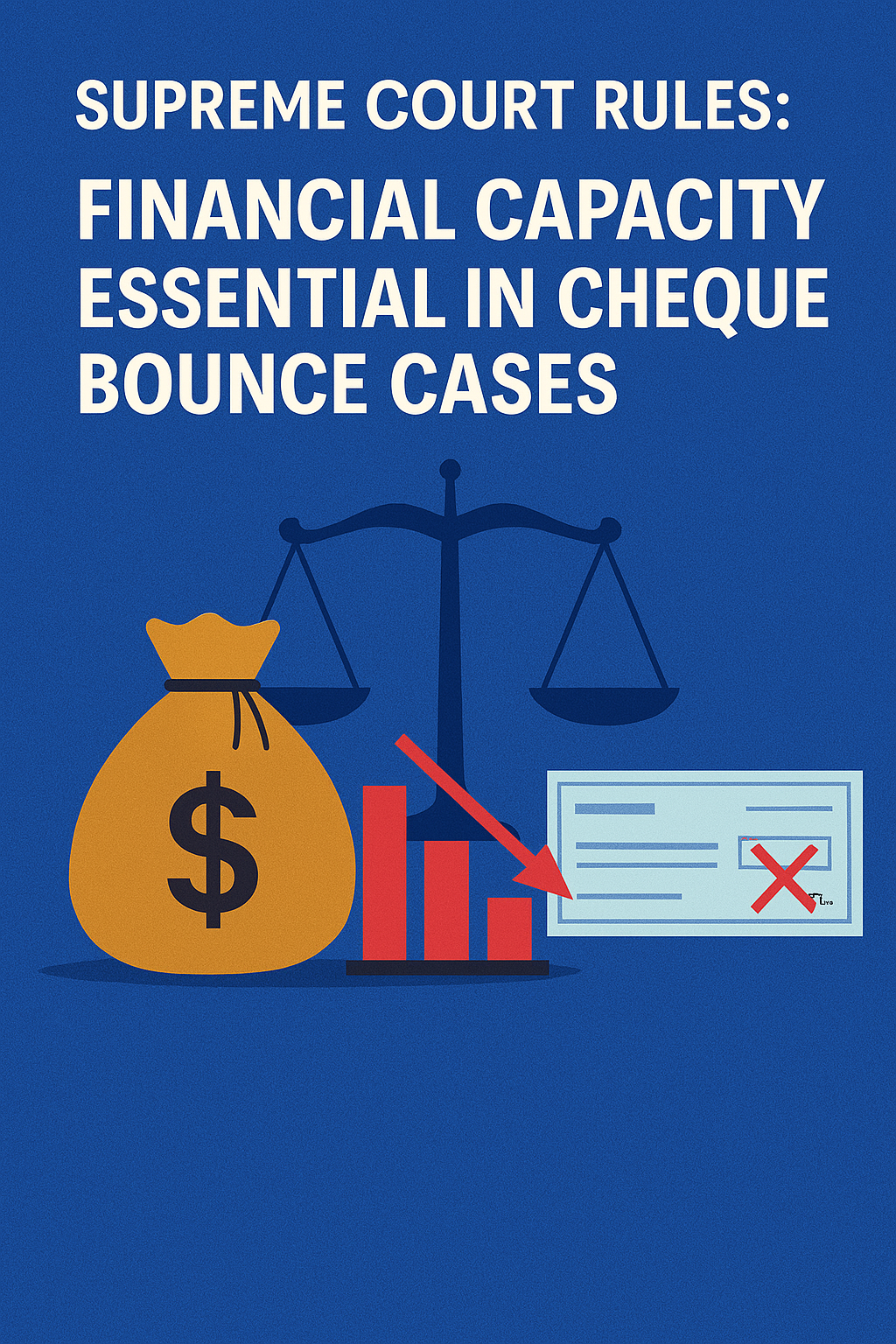Finance Law in Peru
Finance Law in Peru is governed by a combination of national legal frameworks, regulatory institutions, and international agreements that aim to ensure financial stability, promote investment, and regulate the banking, taxation, and financial markets in the country. Peru has a relatively open and growing economy, with robust legal protections for investors and a growing financial services sector.
Here’s an overview of Finance Law in Peru:
1. Regulatory Framework
Constitution of Peru: The Constitution of Peru guarantees the protection of private property and economic freedom. It establishes the country’s legal and political framework, including the rights related to finance, investments, and business activities. The Constitution also emphasizes free-market principles while ensuring that the government can regulate certain sectors for public interest.
Central Reserve Bank of Peru (BCRP): The Central Reserve Bank of Peru (Banco Central de Reserva del Perú, BCRP) is the country’s central bank, responsible for regulating monetary policy, managing the national currency (the Nuevo Sol, PEN), maintaining financial stability, and ensuring the stability of the banking system. It is also tasked with controlling inflation, managing foreign exchange reserves, and implementing the country’s monetary policy.
Superintendence of Banking, Insurance, and AFP (SBS): The Superintendencia de Banca, Seguros y AFP (SBS) is the regulatory authority for Peru’s financial system. The SBS supervises and regulates financial entities such as commercial banks, insurance companies, pension funds, and other financial institutions to ensure they operate within the legal framework and maintain solvency and transparency.
Securities Market: The Superintendence of the Securities Market (SMV) regulates and supervises the securities market in Peru. The SMV ensures market transparency, protects investors, and regulates the issuance of securities, the functioning of the Lima Stock Exchange (Bolsa de Valores de Lima, BVL), and the trading of financial instruments.
2. Banking and Financial Institutions
Banking System: Peru’s banking system is regulated by the Superintendence of Banks (SBS). The country has a developed financial system, with major commercial banks such as BBVA Continental, Scotiabank, Banco de Crédito del Perú (BCP), and Interbank. These institutions offer a variety of banking services, including deposits, loans, credit cards, and other financial products.
Central Bank's Role: The Banco Central de Reserva del Perú (BCRP) plays a key role in monetary policy and the regulation of the banking system. The central bank is responsible for controlling inflation, managing interest rates, and stabilizing the national currency. It also ensures that the banking system remains sound, promotes financial inclusion, and implements policies to stimulate investment and economic growth.
Foreign Banks: Foreign banks are allowed to operate in Peru, and many large international financial institutions, such as Citibank and HSBC, have a presence in the country. These banks must comply with the same regulations as local financial institutions and are overseen by the SBS.
Microfinance and Rural Banking: Peru has a relatively strong microfinance sector, offering services to underserved communities, small businesses, and individuals. Institutions like Caja Municipal and Banco de la Nación provide microcredit, savings, and financial services to low-income and rural populations.
3. Taxation System
Income Tax: Peru operates a progressive income tax system. For individuals, tax rates range from 8% to 30%, depending on income levels. The highest tax rate (30%) applies to income exceeding certain thresholds. Corporate income is also taxed at a flat rate of 29.5%. Additionally, businesses engaged in activities such as mining or oil extraction may be subject to additional taxes.
Value Added Tax (VAT): Peru has a Value Added Tax (VAT), known as the IGV (Impuesto General a las Ventas), which is set at a rate of 18%. This tax applies to most goods and services, with certain exemptions for basic goods, health services, and education.
Tax on Dividends: Dividends paid by companies to shareholders are subject to a 5% withholding tax if the shareholder is a non-resident. For domestic shareholders, the tax treatment may vary.
Transfer Pricing: Peru has transfer pricing rules that govern the prices at which transactions occur between related entities, particularly multinational corporations operating in the country. These rules are designed to prevent profit shifting and ensure that companies are paying taxes on the profits generated in Peru.
Wealth and Inheritance Tax: Peru does not impose a wealth tax. However, there is an inheritance tax and gift tax system, which applies to the transfer of assets through inheritance or gifts, with rates varying depending on the amount inherited or gifted.
Customs Duties: Peru has customs duties on imports, although many products benefit from exemptions due to free trade agreements (FTAs). The Andean Community and Peru's trade agreements with countries like China and the United States have created preferential tariff treatment for many imported goods.
4. Public Finance and Budget Law
National Budget: The Ministry of Economy and Finance (MEF) is responsible for preparing the national budget, which is then presented to the Congress for approval. The national budget allocates funds to various government functions, including healthcare, education, security, and public investment.
Public Debt: Peru maintains relatively low levels of public debt compared to many other Latin American countries. The government borrows both domestically and internationally to finance infrastructure projects, social programs, and other public services. Debt management is under the responsibility of the Ministry of Economy and Finance (MEF).
Fiscal Responsibility and Stability: The Fiscal Responsibility and Transparency Law in Peru imposes limits on fiscal deficits and public debt, aiming to maintain macroeconomic stability and avoid excessive debt accumulation. The law also mandates transparency in public finance management.
Public-Private Partnerships (PPPs): Peru has increasingly relied on Public-Private Partnerships (PPPs) to fund major infrastructure projects. The government encourages private investment in sectors such as transportation, energy, and healthcare by offering long-term contracts and stable regulatory conditions.
5. Anti-Money Laundering (AML) and Counter-Terrorism Financing (CTF)
AML and CTF Legislation: Peru has enacted comprehensive Anti-Money Laundering (AML) and Counter-Terrorism Financing (CTF) laws in line with international standards set by the Financial Action Task Force (FATF). These regulations aim to prevent illicit financial activities and protect the financial system from abuse.
Financial Intelligence Unit (UIF-Perú): The Unidad de Inteligencia Financiera del Perú (UIF-Perú) is the body responsible for preventing money laundering and terrorism financing. The UIF receives and analyzes reports from financial institutions regarding suspicious transactions.
Know Your Customer (KYC): Financial institutions in Peru are required to implement Know Your Customer (KYC) procedures, which involve verifying the identity of clients, monitoring transactions, and reporting suspicious activities to the UIF-Perú.
6. Capital Markets and Securities
Securities Market Law: The Securities Market Law regulates the issuance, trading, and supervision of securities in Peru. It provides guidelines for stock market activities, bond issuances, and the listing of companies on the Lima Stock Exchange (BVL).
Lima Stock Exchange (BVL): The BVL is the main securities exchange in Peru, where companies can list their stocks and issue bonds. The stock exchange is growing but remains relatively small compared to other regional markets. It is regulated by the Superintendence of the Securities Market (SMV).
Issuance of Securities: Peru has a legal framework in place to encourage the issuance of corporate bonds, stocks, and other financial instruments, aiming to develop the domestic capital market and provide companies with greater access to financing.
Public Offerings and Private Placements: The SMV regulates public offerings of securities and private placements. Companies looking to issue securities must comply with the disclosure and reporting requirements established by the SMV.
7. Foreign Investment Law
Investment Law: Peru has adopted an open investment policy, welcoming foreign investors. The Foreign Investment Promotion Law guarantees that foreign investors are treated equally to domestic investors, providing them with the right to own property and repatriate profits and dividends.
Investment Promotion and Guarantees: Peru has created various incentives for foreign investors, particularly in sectors such as mining, energy, agriculture, and manufacturing. The government offers incentives such as tax exemptions and reduced duties for certain types of investment.
Double Taxation Treaties (DTT): Peru has signed Double Taxation Treaties with several countries, including the United States, Spain, and Chile, to ensure that foreign investors are not double-taxed on their income in Peru and their home country.
Foreign Ownership and Restrictions: While Peru generally permits 100% foreign ownership of businesses, there are restrictions in certain sectors, particularly in industries related to natural resources and land ownership.
8. Insurance and Pension Laws
- Insurance Sector: The Superintendence of Insurance (SBS) regulates the insurance sector in Peru. The market includes products such as life insurance, health insurance, auto insurance, and property insurance. Peru’s insurance market is growing, but
it remains relatively underdeveloped compared to other Latin American countries.
Pension System: Peru has a mixed pension system that combines private pension funds (AFP) and a public pension scheme (SNP). The private pension system is mandatory for employees, while self-employed workers can choose between the private and public systems.
Private Pension Funds: The private pension funds are regulated by the Superintendence of Pension Funds (SBS), and the funds are invested in various securities to generate returns for workers' future retirement.
9. Environmental Finance and Sustainability
Environmental Laws: Peru has a set of environmental laws that regulate activities related to mining, forestry, water use, and pollution. These laws seek to protect the country’s rich natural resources and ecosystems while encouraging sustainable economic development.
Sustainable Finance: There is growing interest in green finance in Peru, especially in sectors like renewable energy and sustainable agriculture. The government has introduced incentives and financial mechanisms to encourage sustainable investment practices and eco-friendly businesses.
Conclusion
Finance law in Peru is designed to ensure financial stability, encourage foreign investment, and regulate the banking and securities markets. The legal framework offers protection to investors, promotes business activity, and encourages sustainable economic growth. The combination of sound fiscal policies, a robust regulatory environment, and legal incentives for foreign investment has helped make Peru one of the leading financial centers in Latin America.




























0 comments